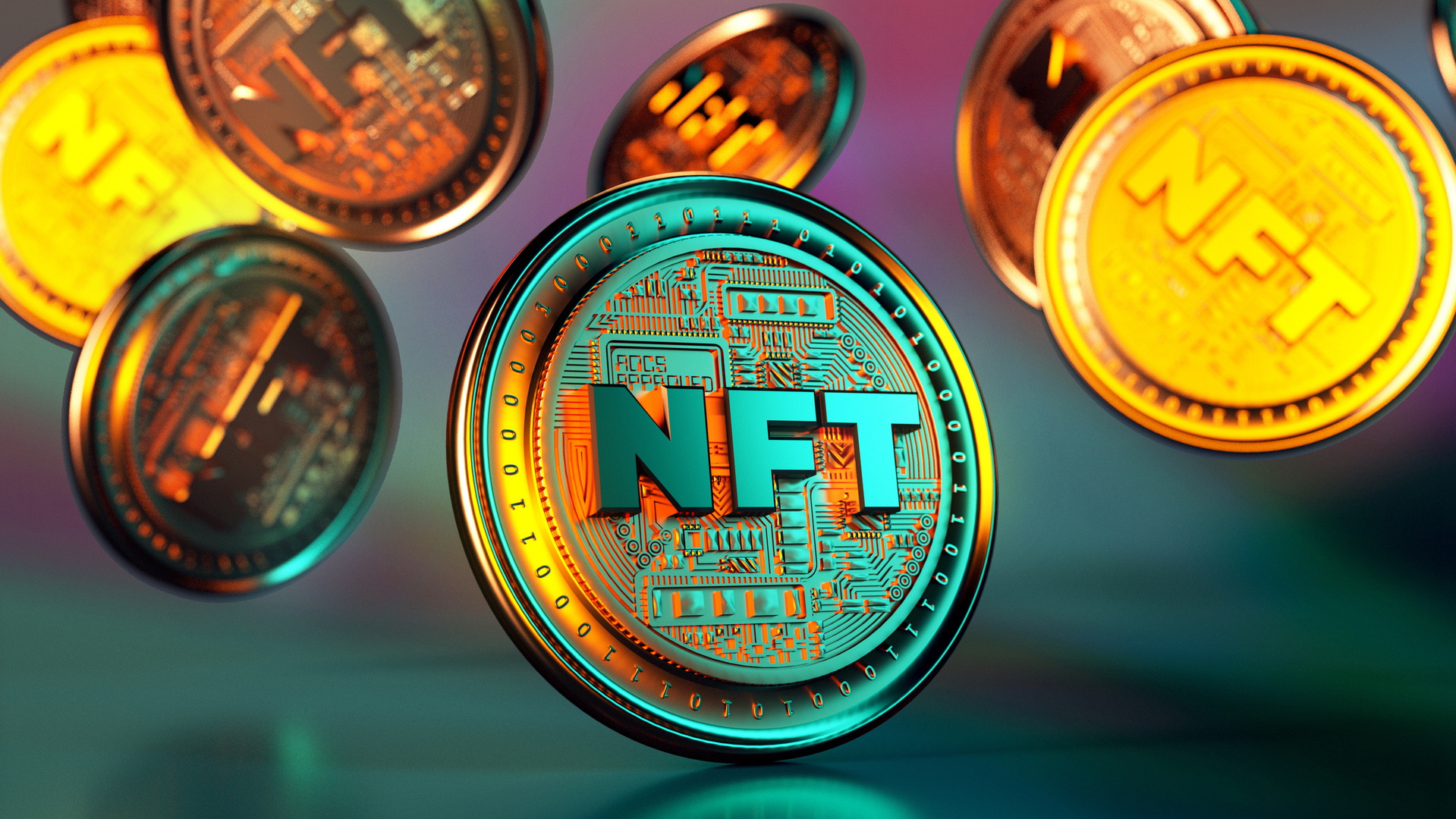Many of the offers appearing on this site are from advertisers from which this website receives compensation for being listed here. This compensation may impact how and where products appear on this site (including, for example, the order in which they appear). These offers do not represent all available deposit, investment, loan or credit products.
If you meet someone who dabbles in non-fungible tokens, chances are good that person trades crypto as well. Both crypto and NFTs are based on the same software and technology, both entered the public consciousness around the same time, and both represent an alternative class of investments that are risky, exciting and dominated by young buyers, sellers and traders.
Find: 8 Remote Jobs That Pay at Least $20 Per Hour
Uber Lost and Found Index 2022: The Strangest (and Most Common) Items People Leave Behind
CRYPTO OFFER: Buy Bitcoin and crypto instantly! Sign up for Gemini Crypto Exchange and start investing with as little as $100 today.
Even so, non-fungible tokens are not a type of cryptocurrency, even when crypto is considered a token instead of a coin. Although they have a lot in common, crypto and NFTs are worlds apart.
Here’s what you need to know.
Cryptocurrencies and NFTs are not the same things, but mainstream investors can be forgiven for conflating the two.
Both are digital assets; and, while crypto came first, the general public began hearing about both around the same time in the late 2010s. According to Forbes, NFTs are commonly bought and sold with crypto and both tend to attract the same players — the NFT world branched off from crypto culture. Both are built using the same programming and encoded with the same underlying software and both are secured in digital wallets — but that’s where the similarities end.
Discover: 6 Alternative Investments To Consider for Diversification in 2022
Cryptocurrencies like Bitcoin are decentralized and encrypted digital payment systems that aren’t issued by banks or backed by a central authority like a government. There are more than 19,000 of them, according to Forbes.
The value of traditional currency is based on trust — trust in the bank, trust in the government, trust in FDIC insurance. The value of crypto, on the other hand, comes from cryptographic proof of transactions that are verified and recorded on a special kind of database called a blockchain.
Some people use cryptocurrencies the same way they use dollars — as a medium of exchange to buy things or receive payment for a service or product. Most people, however, invest in cryptocurrency the way they would stocks — as a commodity or security that they hope will increase in value over time.
Crypto, however, is much more volatile than stocks. They can gain or lose hundreds, thousands and even tens of thousands of percentage points in a short period of time.
NFTs are digital tokens that represent ownership of unique items like images, music and video clips. You can copy a digital image an infinite number of times, just as you can a Picasso; but, with both NFTs and oil paintings, all the value stays with the irreplaceable original.
NFTs are digital files that can represent ownership of anything — e.g., Twitter founder Jack Dorsey sold an NFT of his first tweet for more than $2.9 million.
Consider these five alternative investments the wealthy use
Learn More
They’re minted using the same kind of blockchain technology that cryptocurrency made famous. They’re typically held on the Ethereum platform, although they can be found on other blockchains, too, according to Forbes.
Like crypto, blockchain technology makes it impossible for more than one person to own an NFT at one time and makes it easy to verify ownership and transfer tokens from one owner to the next.
Cryptocurrencies are fungible, which means they’re mutually interchangeable.
If two people each have one Bitcoin, neither party gains nor loses anything if they trade, same as if they each exchanged a dollar or an ounce of gold.
Each NFT, on the other hand, is unique. NFTs use blockchain technology to validate the authenticity of that uniqueness. Like baseball cards and beanie babies, NFTs are non-fungible. They’re worth whatever someone is willing to pay for them based on intangibles like desirability.
Collectors spend millions on in-demand ETFs without regard to the thing they represent for the same reason that art collectors spend millions on Picassos whether they like the painting itself or not. It’s all about the status of owning the original.
Fungibility — the capacity to be traded for one another — is what makes cryptocurrency a trusted means of conducting blockchain transactions.
Because each NFT is unique, NFTs could never be used as a purchasing medium or a reward for blockchain mining.
Both cryptocurrency and NFTs rely on blockchain transactions to validate their authenticity and record their ownership; in most cases, you need crypto to purchase NFTs.
The big difference is that the value of cryptocurrency is purely economic — its value comes from its utility as a currency or an investment. NFTs, on the other hand, have both economic and non-economic value. Artists, for example, can use NFTs to distribute, monetize and even autograph their work — work that some investor or collector might then buy using cryptocurrency.
More From GOBankingRates
Every day, get fresh ideas on how to save and make money and achieve your financial goals.
Sponsored Links by Zergnet 
Advertiser Disclosure: Many of the offers appearing on this site are from advertisers from which this website receives compensation for being listed here. This compensation may impact how and where products appear on this site (including, for example, the order in which they appear). These offers do not represent all available deposit, investment, loan or credit products.
SAVE NOW!
Sign up for our daily newsletter for the latest financial news and trending topics.
For our full Privacy Policy, click here.

